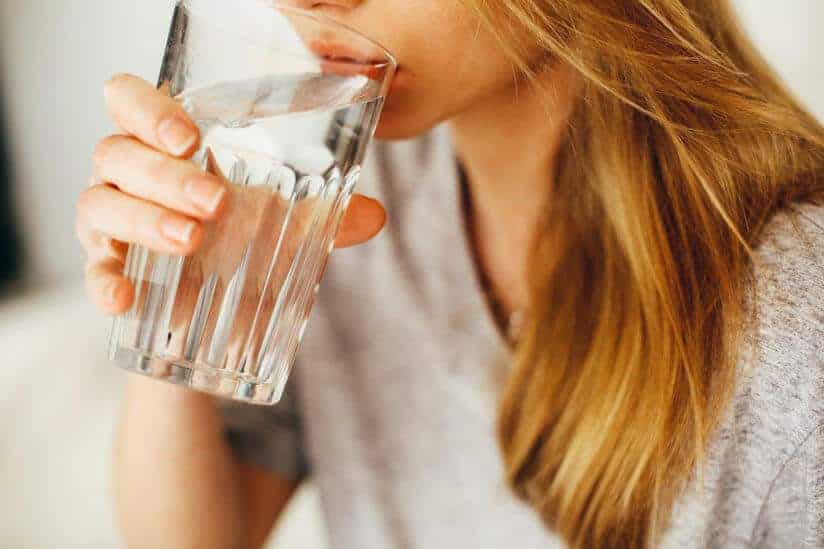Wastewater recycling offers a variety of environmental benefits but also a big challenge: antibiotic-resistant genes that can lead to super bugs we don’t have medicine to treat.
Adam Smith of the USC Viterbi School of Engineering wants to know more. Smith, assistant professor in the Sonny Astani Department of Civil and Environmental Engineering, and his team studied samples from a Southern California advanced groundwater treatment facility and from aquifers to compare concentrations of antibiotic-resistant genes.
They found that the advanced groundwater treatment facility reduced nearly all targeted antibiotic-resistant genes to below detectable limits. In the aquifer samples, though, antibiotic-resistant genes were just about everywhere — including samples from locations that had been recharged with treated water. The research was published last month in Environmental Science & Technology Letters.
Treatment methods that use an environmental barrier as a step in the water cleaning process, called indirect reuse treatments, have traditionally been considered more reliable. But the USC Viterbi research found that direct reuse approaches — those that don’t introduce an environmental buffer — may be superior in producing pure, drinkable water.
The reason lies in the way antibiotic-resistant genes in the environment can contaminate potable reuse water. Some antibiotic-resistant genes occur naturally. But the overuse of antibiotics in general is resulting in an increase in their presence, along with antibiotic-resistant genes and other pathogens, in water supplies.
How antibiotic-resistant genes are spread through water treatment systems
Typically, wastewater is first processed at a treatment facility, then is handled in one of two ways:
- In indirect reuse, the purified water is infused back into an environmental buffer, like an aquifer. Later, water is pulled from the aquifer and further treated at a drinking water treatment plant before being added to the public water supply.
- In direct reuse, purified water does not return to an environmental buffer, but instead, remains within the engineered water cycle, going from the wastewater treatment plant to the water reuse plant to the drinking water treatment plant and then out to your tap.
Since wastewater treatment plants are not generally designed for the removal of micropollutants like antibiotics, they tend to persist in treatment systems. When this water is introduced into an aquifer, where antibiotic-resistant genes are already naturally occurring, it can become contaminated with the genes and antibiotic-resistant bacteria.
Antibiotic-resistant genes, Smith said, are “a challenging emerging contaminant of concern due to our reliance on biological treatment in the engineered water cycle.”
We must act fast before we enter a so-called ‘post-antibiotic world’ where bacterial infections become impossible to treat.
Adam Smith
“Because they are biological contaminants — small fragments of DNA that are released to the environment — bacteria present in receiving environments can uptake them, becoming resistant themselves and further perpetuating the spread of resistance,” he said.
Wastewater reuse is the prevailing option for dealing with a mounting pressure on global water supply and might be preferable to options like desalination, which is expensive and energy inefficient by comparison. Eliminating unknowns that persist in the environmental water buffers could be one way to ensure water that reaches our taps is clean of antibiotic-resistant genes and other harmful contaminants.
“Lessening the global spread of antibiotic resistance will require an interdisciplinary approach that spans environmental and clinical systems,” Smith said. “We must act fast before we enter a so-called ‘post-antibiotic world’ where bacterial infections become impossible to treat.”


